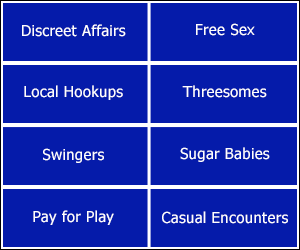SAN DIEGO — The 11 strip clubs in San Diego County have a $70.4 million annual impact on the region’s economy, don’t generate much crime and are a low law enforcement priority for the public, according to a report released Thursday.
The San Diego Hospitality and Entertainment Coalition said the study was conducted to determine the impact of adult entertainment establishments on San Diego’s economy, examine crime rates and other police statistics between neighborhoods and adult entertainment businesses, and profile employees, customers and neighboring businesses regarding perceptions of adult entertainment establishments.
The report follows up on a 1995 study commissioned by the San Diego County District Attorney’s Office and San Diego Police Department, according to the coalition.
The group made up of local adult entertainment businesses hired Luth Research, the same firm that conducted the 1995 study.
The report said the 11 area strip clubs — nine in San Diego, one in Chula Vista and one in Lemon Grove — earn an average of $3.2 million in annual revenue. A multiplier of two, to account for subsequent economic activity, was used to arrive at the total impact.
On crime, the researchers found a total of 115 police calls to areas within 500 feet of strip clubs between Jan. 31 and July 30 last year, or an average of about 10 per location. The numbers ranged from zero at Little Darlings in Lemon Grove to 25 at Fantasy Show Girls on University Avenue and 26 at Pure Platinum on Kearny Mesa Road — the latter two in San Diego.
By comparison, there were 1,332 police calls near 10 Gaslamp Quarter nightclubs during the same period, the report said. Luth Research accounted for possible geographical overlap in the calls, a coalition spokesman said.
The authors also found the crime rate in zip codes containing nude or topless dance clubs was 20 per 1,000 population, not much different from the rest of the county’s rate of 18.9 per thousand.
About half of nearby residents and 80 percent of nearby businesses expressed no concerns about being close to strip clubs, the report said.
However, 24 percent of residents and 23 percent of businesses said they believed adult entertainment establishments increased neighborhood crime, and 41 percent of residents and a quarter of businesses felt they attracted prostitution.
Police enforcement of strip clubs ranked last in a list of priorities for neighbors that included crimes such as assault, burglary, auto theft and street prostitution, and also regulatory compliance issues like underage drinking and pawn shops.

